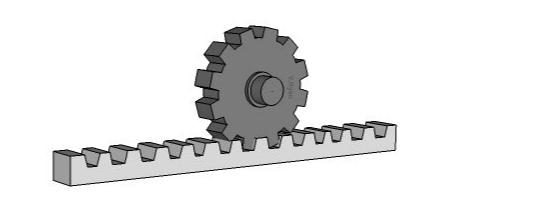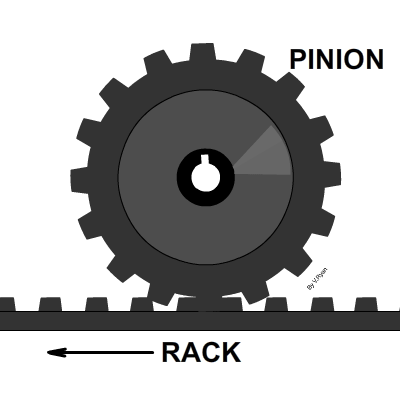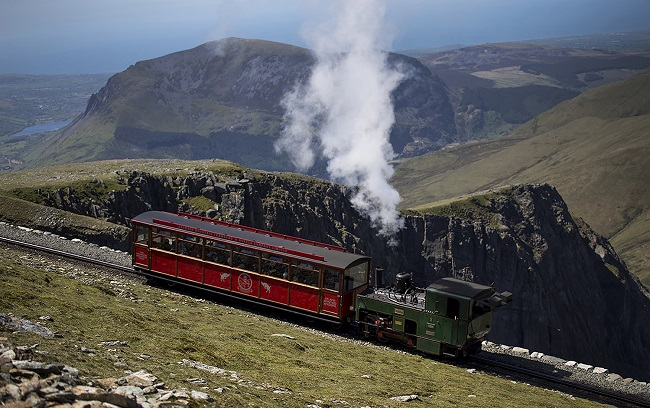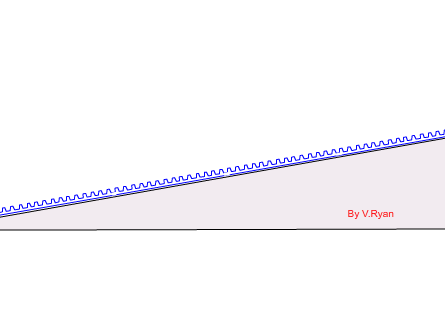| CLICK HERE FOR INDEX PAGE |
| RACK AND PINION GEAR SYSTEMS |
| V. Ryan © 2001 - 2017 |
| PDF FILE - CLICK HERE FOR PRINTABLE WORKSHEET |
 |
| A ‘rack and pinion’ gears system looks quite unusual.
However, it is still composed of two gears. The ‘pinion’ is the normal
round gear and the ‘rack’ is straight or flat. The ‘rack’ has teeth cut in
it and they mesh with the teeth of the pinion gear. If gear ‘A’ rotates how would you describe the movement of the rack ? |
 |
| The pinion rotates and moves the rack in a straight line - another way of describing this is to say ‘rotary motion’ changes to ‘linear motion’. |
| A good example of a ‘rack and pinion’ gear system can be seen on trains that are designed to travel up steep inclines. The wheels on a train are steel and they have no way of griping the steel track. Usually the weight of the train is enough to allow the train to travel safely and at speed along the track. However, if a train has to go up a steep bank or hill it is likely to slip backwards. A ‘rack and pinion’ system is added to some trains to overcome this problem. A large gear wheel is added to the centre of the train and an extra track is, with teeth, called a ‘rack’ is added to the track. As the train approaches a steep hill or slope the gear is lowered to the track and it meshes with the ‘rack’. The train does not slip backwards but it is pulled up the steep slope |
 |
 |
A good example of a ‘rack and pinion’ train is seen in the Snowdonia National Park (North Wales). Mount Snowdon is the highest mountain in Wales and there are two ways to reach the top. The first is the walk and the second is to take the train. If you ever visit Mount Snowdon look at the train and the track, you will clearly see the ‘rack’ For another example of a rack and pinion railway system see - the Gornergrat, Switzerland |
| Give an example of how you think a ‘rack and pinion’ could be used ? |
| CLICK HERE TO GO BACK TO GEARS INDEX |